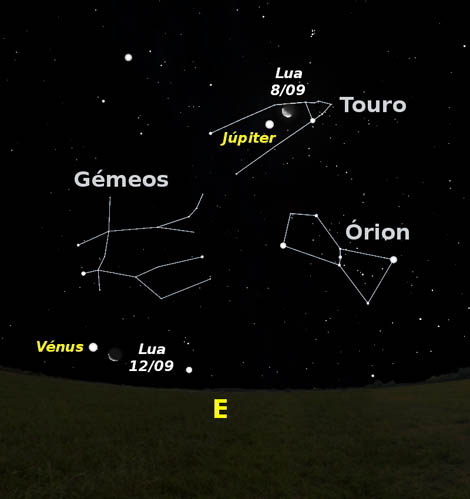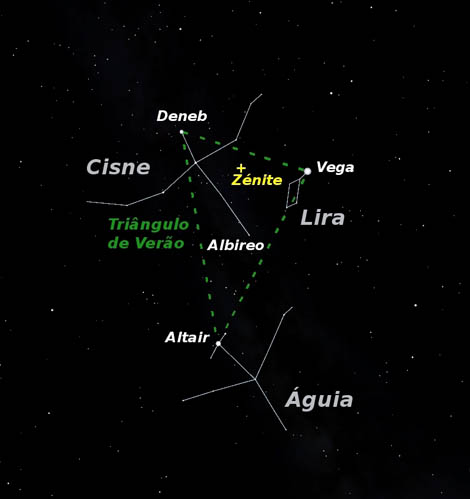 This month marks the end of summer in the Northern Hemisphere and winter in the Southern Hemisphere. But we cannot let this season end without mentioning one of the most easily recognizable celestial figures on this date: the Summer Triangle.
This month marks the end of summer in the Northern Hemisphere and winter in the Southern Hemisphere. But we cannot let this season end without mentioning one of the most easily recognizable celestial figures on this date: the Summer Triangle.
This month marks the end of summer in the Northern Hemisphere and winter in the Southern Hemisphere. This happens when, as a result of the Earth's movement around the Sun, the Sun illuminates more the Earth's Southern Hemisphere than the Northern Hemisphere. The moment when the two hemispheres are equally illuminated is called the equinox.
The next Autumnal Equinox in the Northern Hemisphere will coincide with the crescent quarter of day 22. On this day, sunrise and sunset will occur along the East-West direction.
But long before that we can start the month by appreciating Jupiter. This planet is currently located in the constellation Taurus, being clearly visible around midnight. By the waning quarter of day 8, we can find the Moon at 0,6 degrees south of Jupiter.
On the 12th, the Moon will pass 4 degrees south of Venus. This planet appears throughout the month as a morning star, rising at half past three in the morning.
This month is hardly conducive to observing Saturn and Mars as they set shortly after sunset. These planets will be visited by the Moon respectively 2 and 3 days after the New Moon, that is, on the 18th and 19th.
The month says goodbye with the Full Moon at dawn on the 30th.
This season cannot be allowed to end without talking about one of the most easily recognizable celestial figures (or asterism) on this date: the Summer Triangle.

By 22 pm, it is easy to find, near the zenith, the position immediately above our head, a figure in the shape of a triangle that points to the south.
As its name suggests, the Summer Triangle consists of three stars: Vega in the Lyre constellation, Deneb in the Swan constellation and Altair in the Eagle constellation.
Vega, the 5th brightest star in the night sky, is one of the most studied stars. Its brightness is so well known that it is still used today to calibrate other observations.
Altair, a star 1,8 times the mass of the Sun, is in a phase of life identical to this one.
Deneb, on the other hand, is a super-giant star XNUMX times the radius of the Sun. Its name derives from the Arabic word for tail (dhaneb), as they imagined Deneb in the tail of a constellation shaped like a chicken.
On the Swan's head is another interesting object: Albireo.
With a small telescope we can see that Albireo is actually a double star, that is, two stars with a position in the celestial sphere so close that they give us the feeling of being a single object.
In the case of Albireo, the two stars are quite different colors: the brightest is yellow while the other is blue. Such color difference is due to their different surface temperatures (3807°C and 11727°C respectively).
Good Observations!
Fernando JG Pinheiro (CGUC)
Science in the Regional Press – Ciência Viva
Caption of the highlighted image: East sky at 4 o'clock in the morning on the 8th. The position of the Moon on the night of the 12th is also visible. (Image: Stellarium)


















Comments